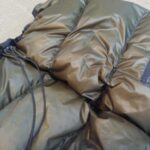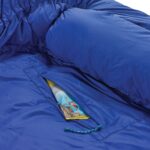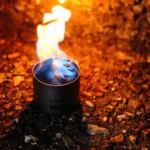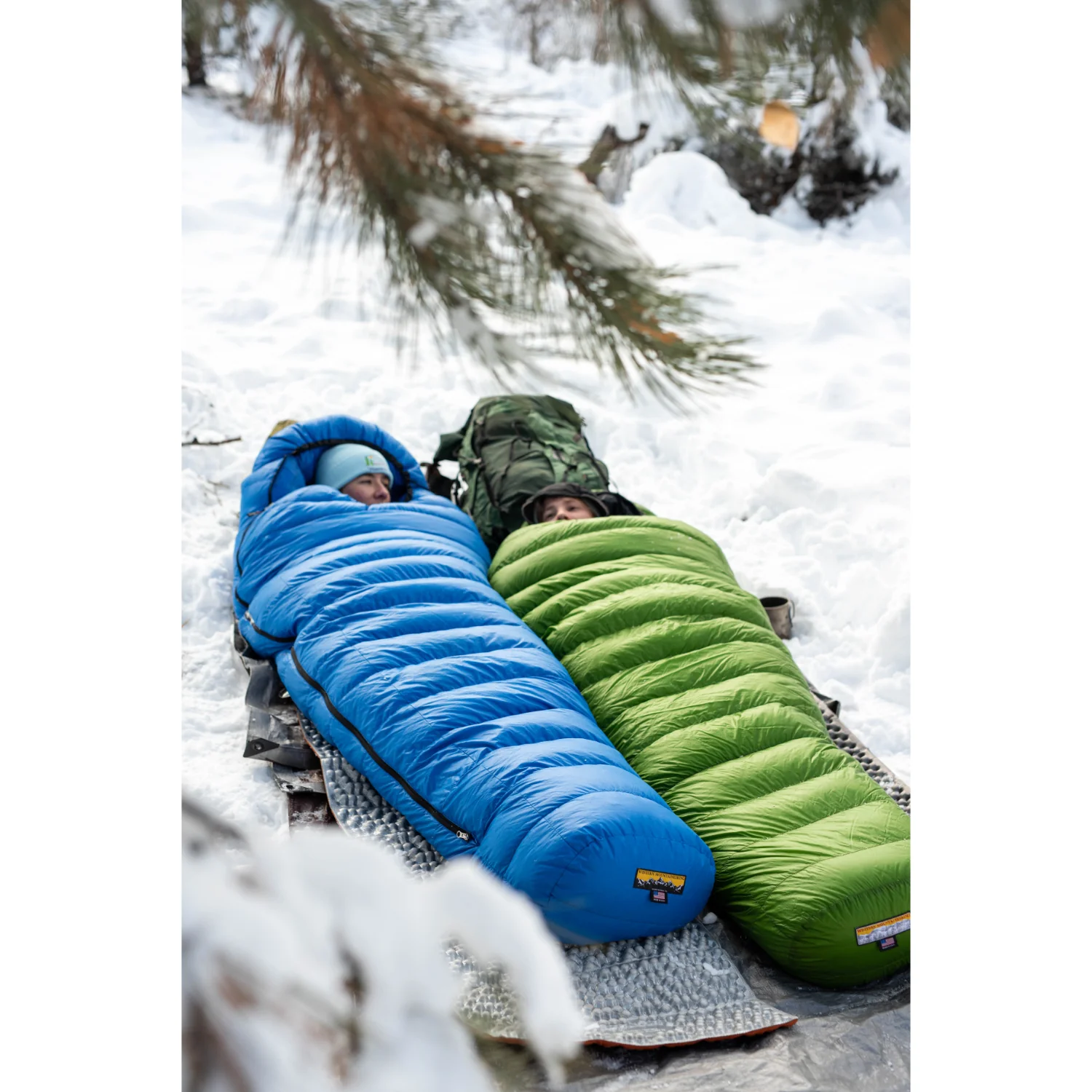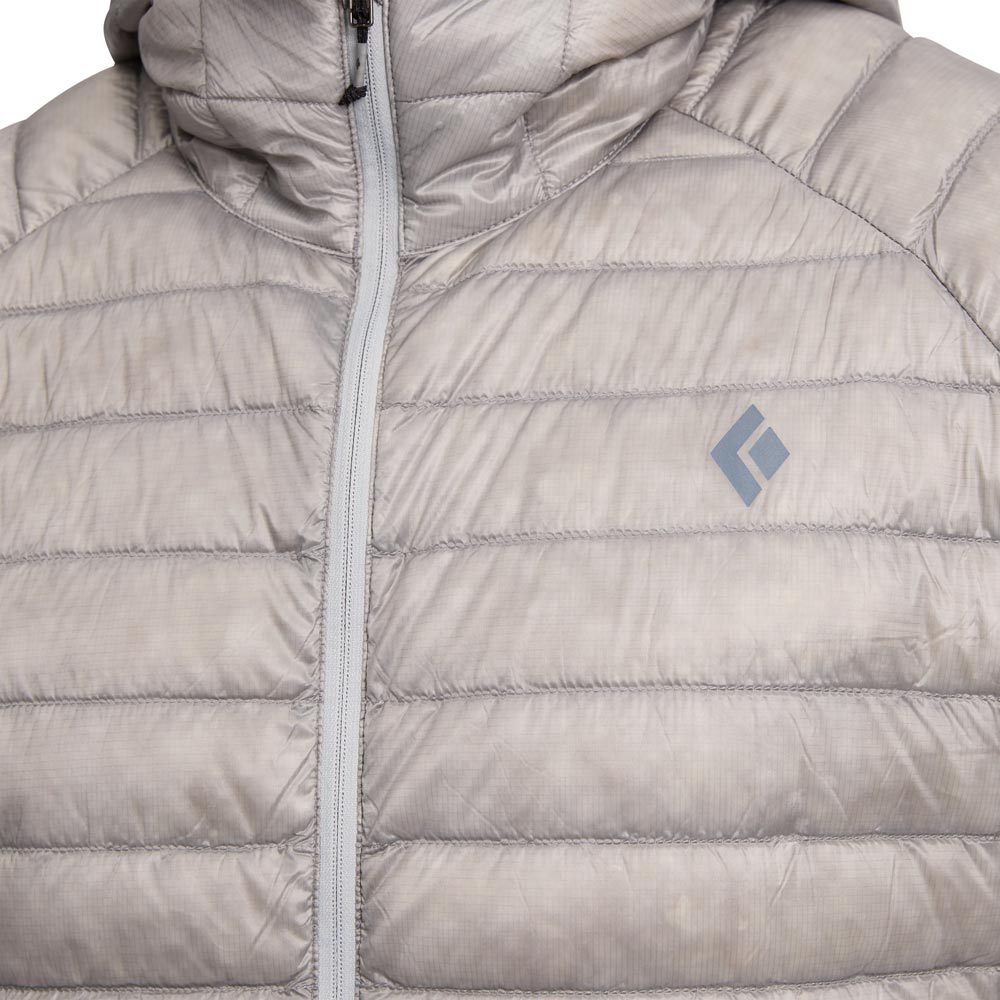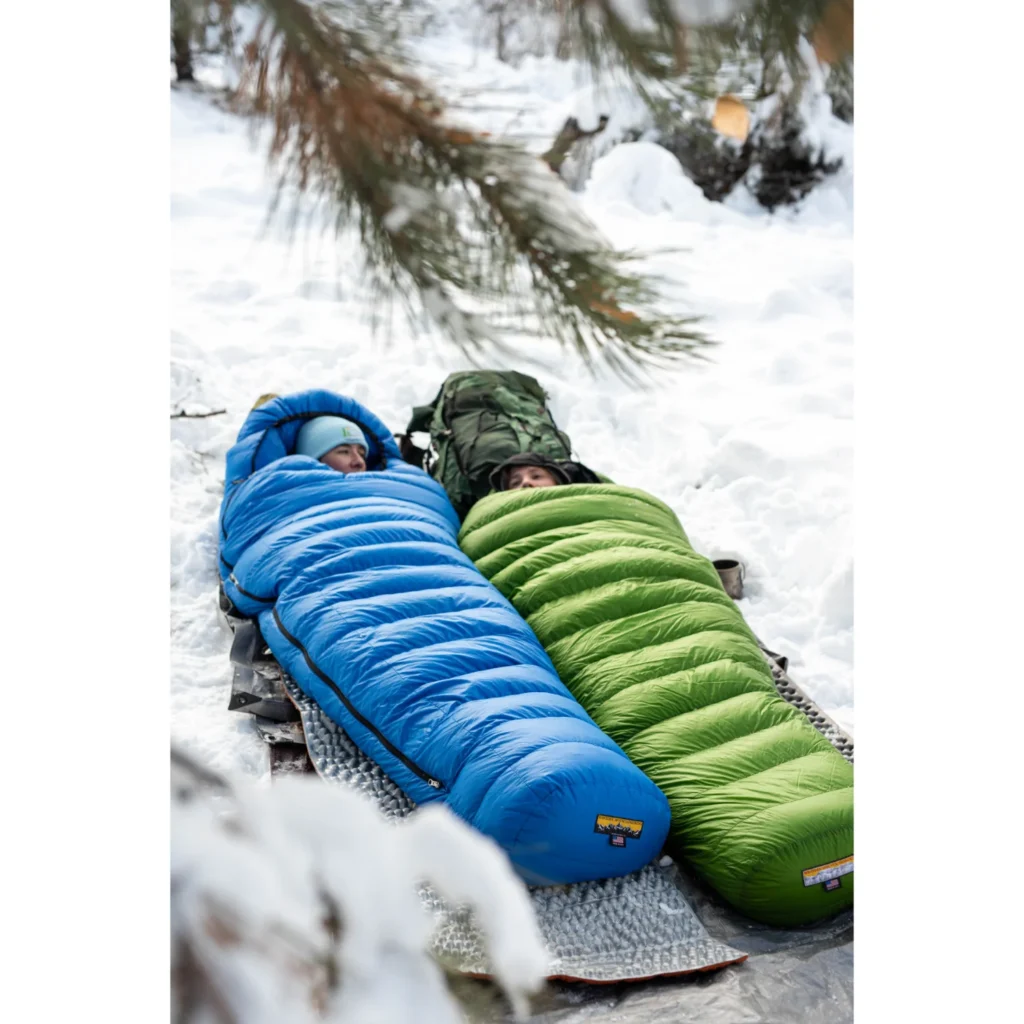
The Western Mountaineering Antelope GWS -15°C sleeping bag is a premium choice for serious cold-weather adventurers who demand warmth, weight efficiency, and long-term durability. Built in the USA with meticulous attention to detail, this bag sits near the top of Western Mountaineering’s ExtremeLite series, offering expedition-grade insulation in a package light enough for alpine missions, winter camping, and high-altitude trekking.
With a comfort rating of -15°C and a reputation for conservative temperature testing, the Antelope GWS is often chosen by mountaineers, ski tourers, and minimalist winter backpackers who need reliable warmth without the bulk. This review explores its materials, construction, field performance, and how it compares to other high-end down sleeping bags.
Materials and Construction
The Antelope GWS uses Western Mountaineering’s proprietary Gore Windstopper™ shell fabric, now branded as GORE-TEX INFINIUM™. This shell is windproof, highly water-resistant, and surprisingly breathable for its weight. It’s designed to protect the down insulation from condensation, spindrift, and tent wall moisture—critical in alpine environments or snow caves.
Inside, the bag is filled with 850+ fill power goose down, ethically sourced and hand-packed to ensure consistent loft. Western Mountaineering is known for overfilling their baffles slightly, which helps maintain warmth over years of use. The down is incredibly compressible, allowing the Antelope to pack down smaller than many synthetic bags rated for similar temperatures.
The baffle design is continuous horizontal, allowing users to shift down where needed—more on top for warmth, or underneath for insulation against cold ground. The draft collar is thick and well-placed, sealing in warmth around the neck and shoulders. The full-length YKK zipper is backed by a down-filled draft tube, and the hood cinches down snugly without creating pressure points.
Fit and Sizing
The Antelope GWS is available in multiple lengths (5’6”, 6’, and 6’6”) and both left and right zip configurations. The cut is generous enough to allow for layering, but not so wide that it compromises thermal efficiency. Users report that the shoulder and hip dimensions strike a good balance between comfort and warmth retention.
The footbox is roomy and well-insulated, with extra down to prevent cold toes—a common issue in sub-zero conditions. The hood design is ergonomic, wrapping around the head without obstructing breathing or movement.
For taller users or those who sleep with gear inside the bag (e.g. boot liners, electronics), the 6’6” version offers ample space without adding unnecessary weight.

Warmth and Temperature Rating
Western Mountaineering is known for conservative temperature ratings, and the Antelope GWS lives up to that reputation. With a comfort rating of -15°C and a lower limit closer to -20°C, it’s suitable for winter conditions in the UK, alpine bivvies in the Alps, and shoulder-season use in the Himalayas or Rockies.
Field testers report staying warm in conditions down to -18°C with minimal layering. The draft collar and hood system are particularly effective at sealing in heat, and the down maintains loft even after multiple compressions.
Unlike synthetic bags, the Antelope’s down insulation performs best when dry, so the GWS shell plays a critical role in maintaining warmth by repelling moisture. In damp UK conditions, pairing the bag with a bivy sack or using it inside a tent with good ventilation helps preserve loft and performance.
Packability and Weight
Weighing just 1,190g (6’ length), the Antelope GWS is impressively light for its warmth rating. It packs down to a compact size using the included stuff sack, and can be compressed further with aftermarket dry bags or compression sacks.
For ski touring, alpine climbing, or minimalist winter camping, this weight-to-warmth ratio is hard to beat. It’s significantly lighter than most synthetic bags rated to -15°C, and even many hybrid designs fall short in terms of packability.
The included storage sack is large and breathable, ideal for long-term loft preservation when the bag is not in use.
Field Performance
In real-world use, the Antelope GWS excels across a range of cold-weather environments. On multi-day ski tours, it provides reliable warmth without adding bulk to the pack. In alpine bivvies, the GWS shell protects against wind and frost, and the down insulation rebounds quickly after compression.
Users report excellent sleep quality even in exposed conditions, with minimal cold spots and consistent warmth throughout the night. The zipper operates smoothly in freezing temperatures, and the draft tube prevents heat loss effectively.
In snow shelters or damp tents, the shell fabric resists moisture well, though it’s not fully waterproof. For extreme conditions, pairing with a waterproof bivy or using a vapor barrier liner can extend the bag’s performance envelope.
Durability and Longevity
Western Mountaineering bags are built to last, and the Antelope GWS is no exception. The stitching is flawless, the materials are premium, and the down retains loft for years with proper care. Users report using their Antelope bags for over a decade with minimal degradation in performance.
The GWS shell adds a layer of protection that helps prevent abrasion and moisture damage, especially in rugged environments. The zipper and drawcords are robust, and the bag shows minimal wear even after repeated use.
Proper storage—uncompressed and in a dry environment—is key to maintaining loft. Occasional washing with down-specific detergent and careful drying will keep the bag performing like new.
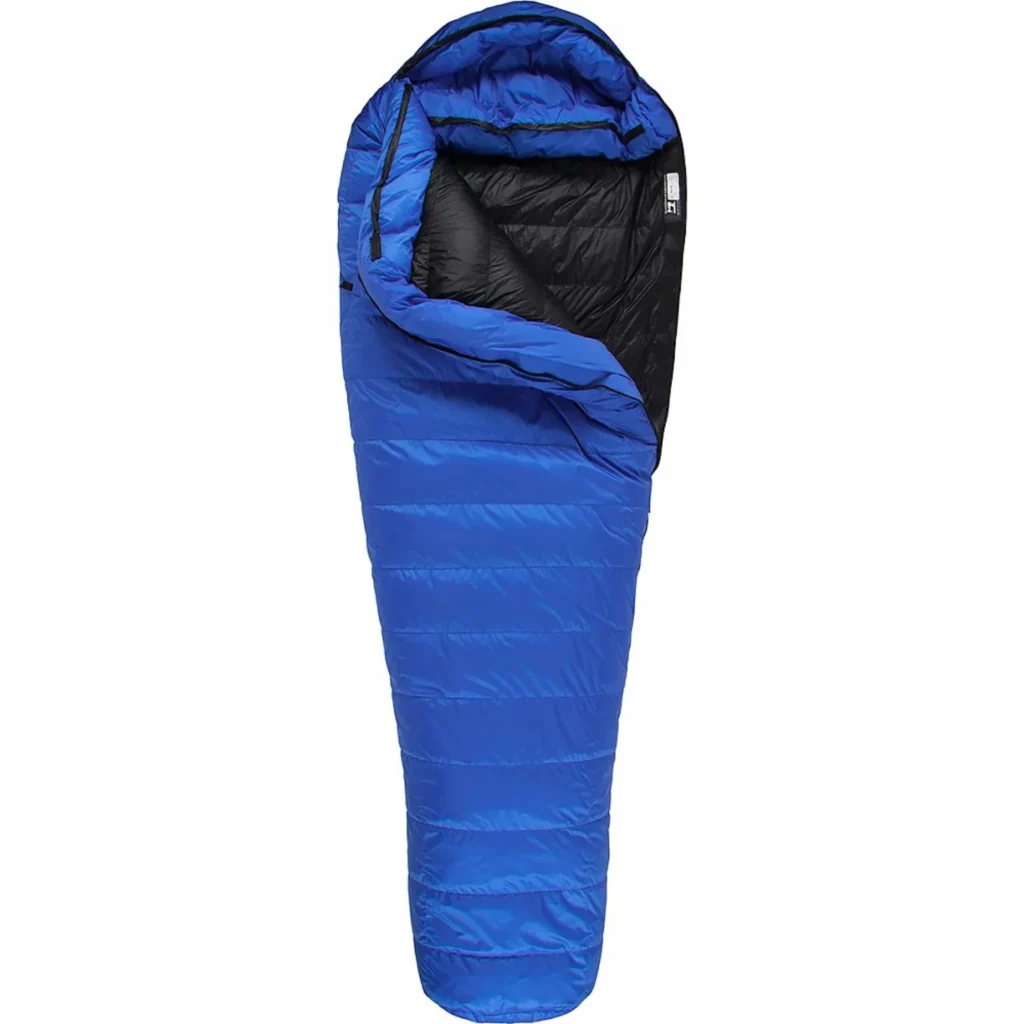
Comparisons and Alternatives
| Sleeping Bag | Temp Rating | Weight | Shell Material | Price (UK) | Notes |
|---|---|---|---|---|---|
| Western Mountaineering Antelope GWS | -15°C | 1,190g | GORE INFINIUM™ | £699–£749 | Best warmth-to-weight, premium build |
| Rab Neutrino Pro 900 | -18°C | 1,250g | Pertex Quantum Pro | £525–£575 | Slightly heavier, good value |
| Mountain Equipment Glacier 1000 | -17°C | 1,500g | Drilite Loft | £450–£500 | Heavier, more budget-friendly |
| Therm-a-Rest Parsec -18C | -18°C | 1,300g | 20D polyester shell | £400–£450 | Good packability, less durable |
The Antelope GWS stands out for its combination of warmth, weight, and shell protection. While more expensive than competitors, it offers unmatched performance for serious users who need reliability in harsh conditions.
Final Verdict
The Western Mountaineering Antelope GWS -15°C is a top-tier sleeping bag for cold-weather missions where weight, warmth, and durability are non-negotiable. Its premium materials, conservative temperature rating, and thoughtful design make it a favourite among mountaineers, ski tourers, and winter backpackers.
While the price may be steep, the long-term value and performance justify the investment. For those building gear lists or affiliate content around expedition-grade sleep systems, the Antelope GWS is a benchmark product that delivers on every front.




